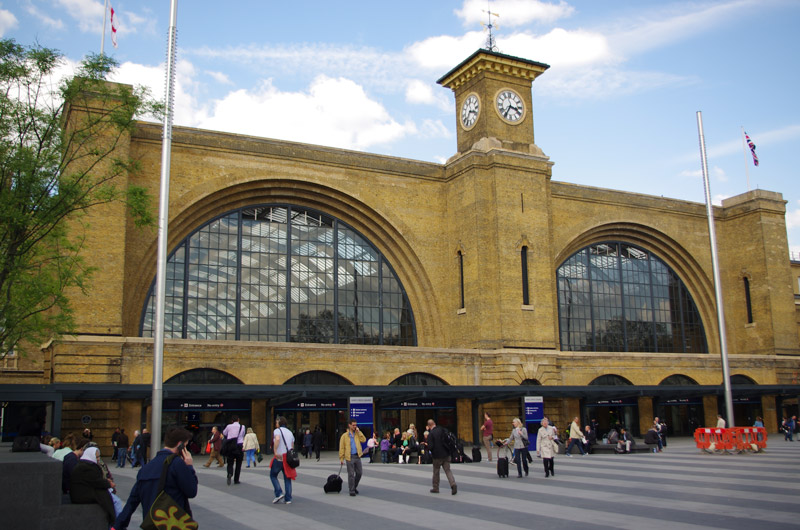This project is set up and run by educational charity digital:works.
Kings Cross Station has been an important provider of employment in the area for 170 years. This project uses oral history to explore the experiences of those who have worked there within living memory, in effect going back to the 1950s, but with shared stories being passed down, even further back than that.
The project explores changing working conditions, moving from steam to diesel to electric, the role of the "firemen" who shovelled coal and worked closely with the driver. The role of the guards and conductors, the buffet car workers (the famous British Rail bacon sandwich!) all based at Kings Cross.
Then there were the station staff, the ticket office, and little concessions. British Rail even owned it's own burger chain based in the stations - "Casey Jones".
This exploration of Kings Cross workers history is a broader social history, looking at, for example, gender relations. We interviewed the first ever woman assistant driver who told us of the broad opposition to her employment and the challenges she faced. Kings Cross was also home to the first black driver Wilston Samuel Jackson who arrived from the Caribbean in 1954 to start work at Kings Cross.
This project recruited a team of 12 volunteers who learnt about the history and trained with digital-works in oral history interview techniques covering optimal recording conditions, use of audio recorders, as well as interview skills and question development. This team then went on to conduct 25 interviews with older and retired workers.
This project website houses all of the full interviews, the podcasts, the film and cover the progress of the project.
This project is run by digital:works.
We are grateful to the National Lottery Heritage Fund for their financial support.

digital:works has been running oral history projects across London working with communities to explore the history of work and workers in the capital. Projects so far include printers on Fleet Street, bus workers, underground workers, black cab drivers, jewellers in Hatton Garden, tailors in Saville Row, the Thames Lightermen, Thames boatyards and more. Other projects explore the history of Battersea, North Kensington, Southall, Eel Pie Island, as well as some of London’s indoor and street markets. If you would like to see any of these wonderful films and find out more about digital:works please visit:
www.digital-works.co.uk.
